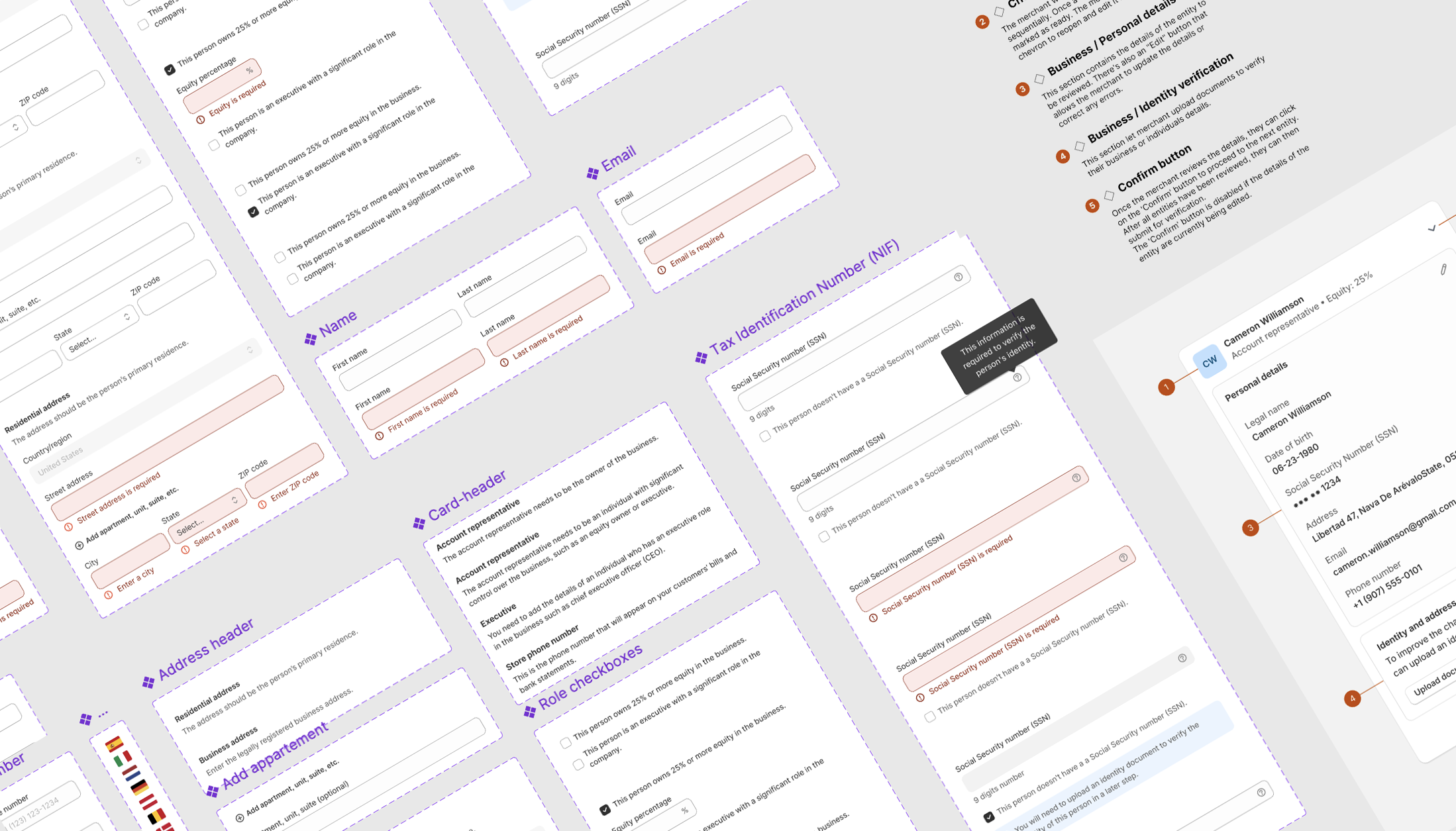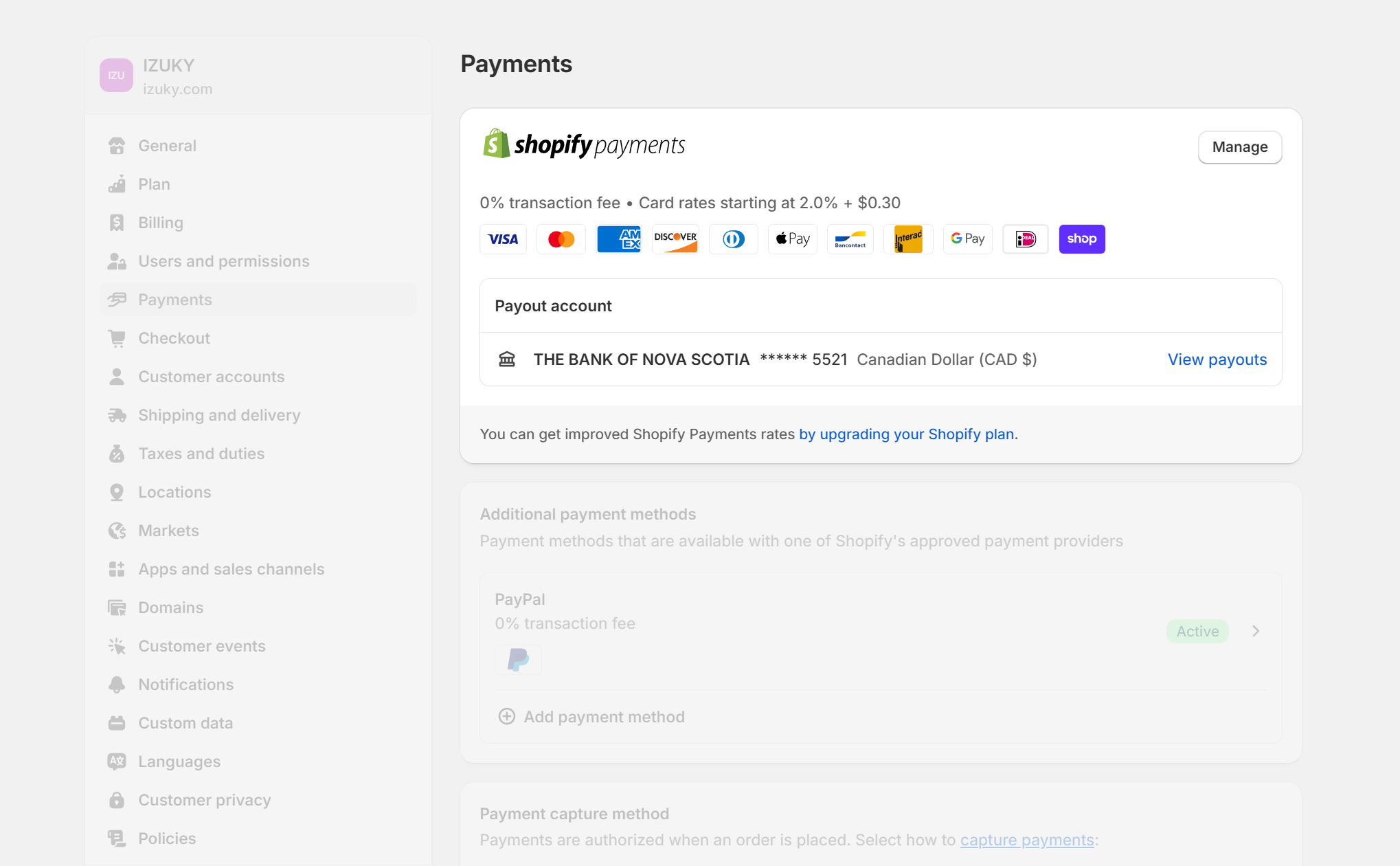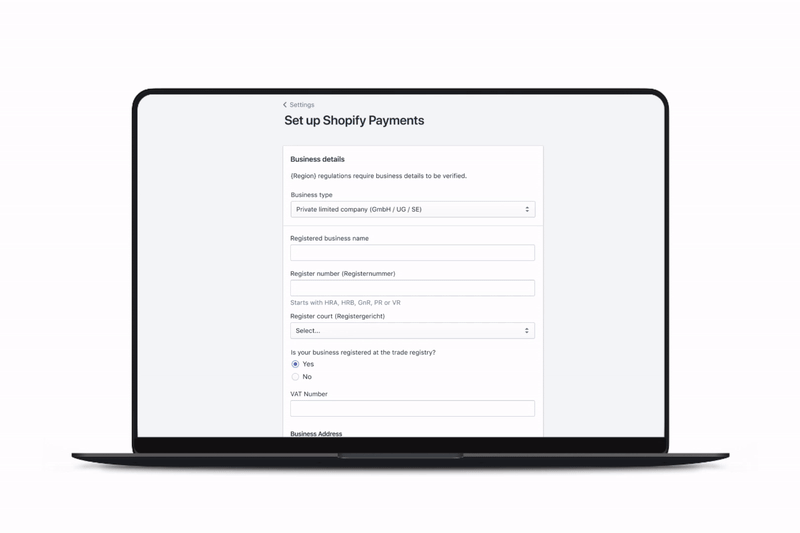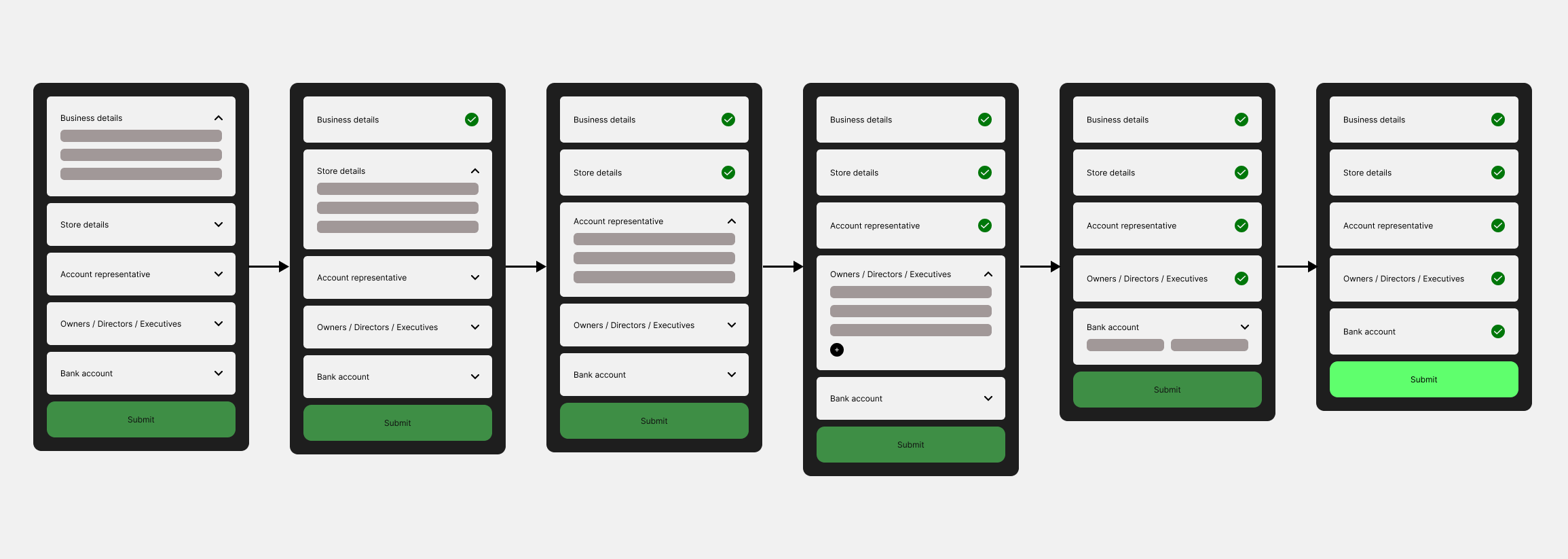The final solution
1. The onboarding flow
The final solution implemented a step-by-step flow, where business details were divided across separate pages to simplify the process and reduce cognitive load. The flow starts with a preflight step, clearly explaining how data will be used and ensuring merchants are reassured about secure storage. Merchants then select their business type, tailoring the subsequent steps to their specific needs. After completing the required details, a dedicated Review & Confirm Step allows merchants to review all inputs and upload necessary identification or business documents, increasing the likelihood of successful verification. This approach achieves a balance between usability and compliance, delivering a seamless onboarding experience

2. Adding owners, executives, or directors
The process of adding individuals was simplified by offering clear role definitions and providing additional insights for the Owner step, such as displaying remaining equity. To handle the complexity of individuals occupying multiple roles (e.g., Owner and Director), the flow was dynamically designed to adapt, enabling seamless input and efficient management of combined roles
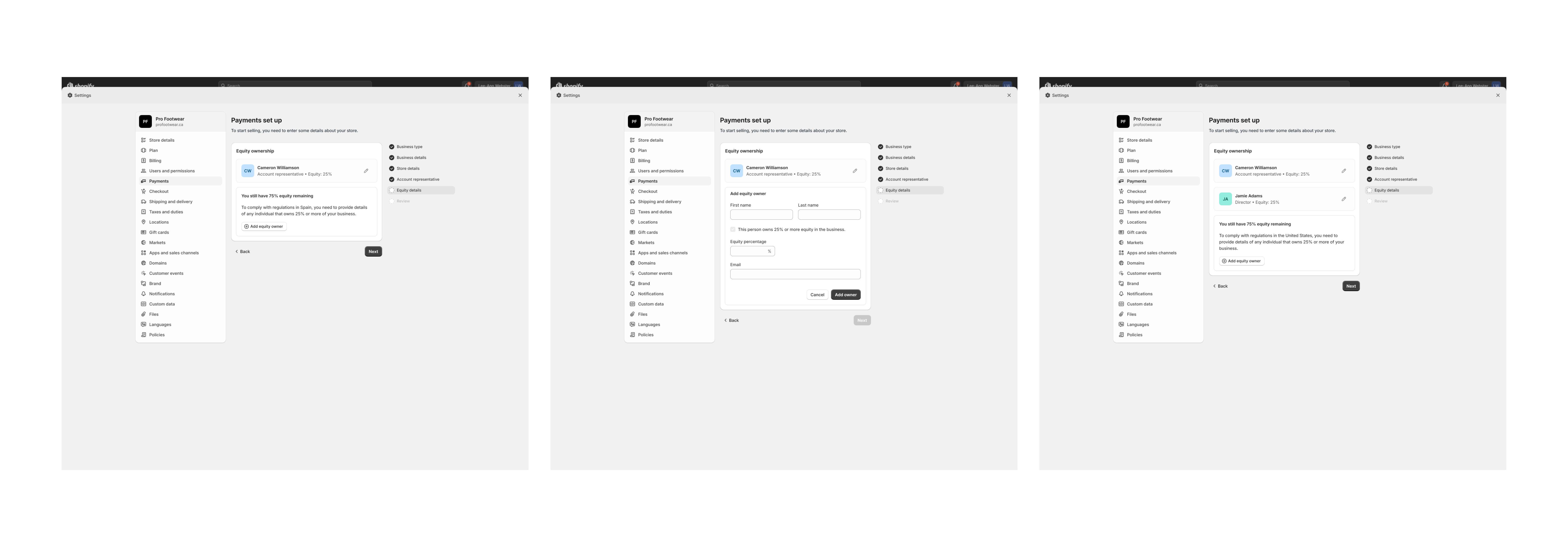
3. Document Upload for Identity and Business Verification
To improve the likelihood of successful verification, an optional document upload section was introduced. Merchants receive clear guidance on the types of documents accepted in their jurisdiction and the specific requirements for each submission.

4. Creation of new components for the design system
I designed new components specifically tailored to support the step-by-step onboarding flow. Collaborating closely with the engineering team, I ensured seamless integration by delivering comprehensive documentation and a detailed breakdown of each component. These components were eventually adopted company-wide and extended to other products.
